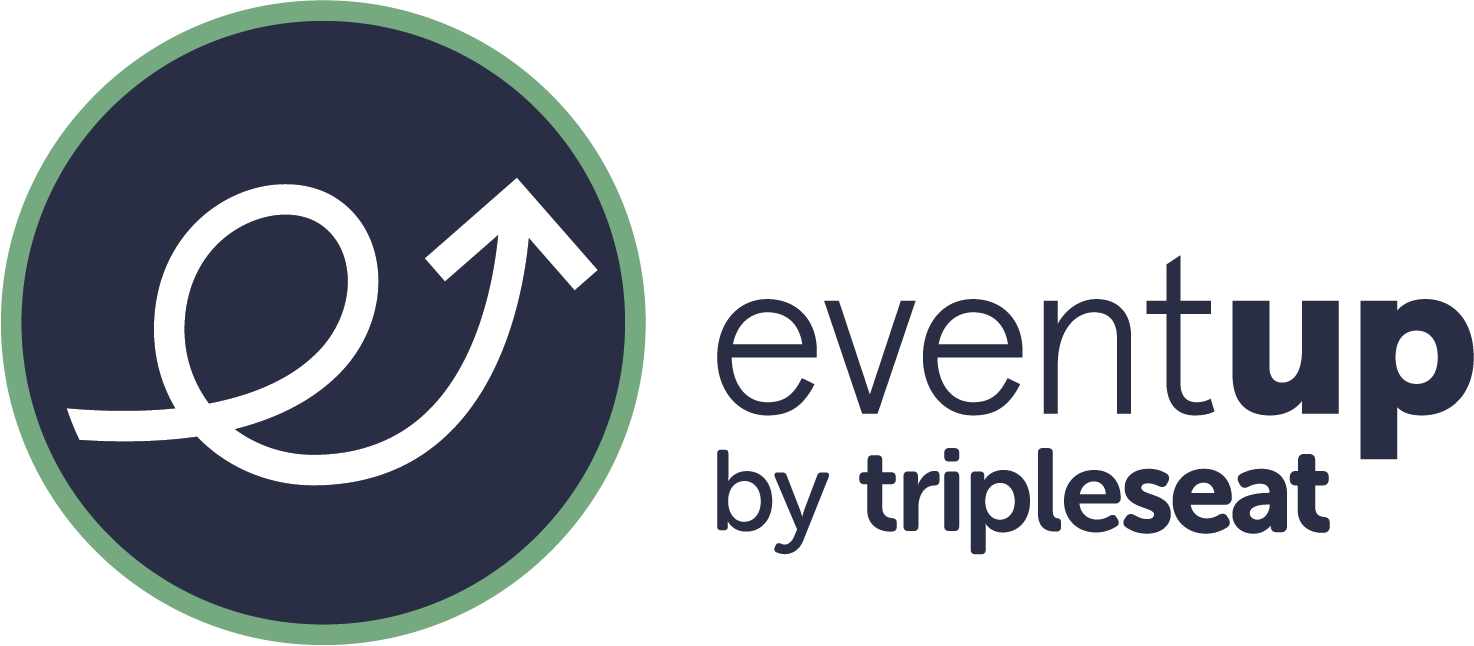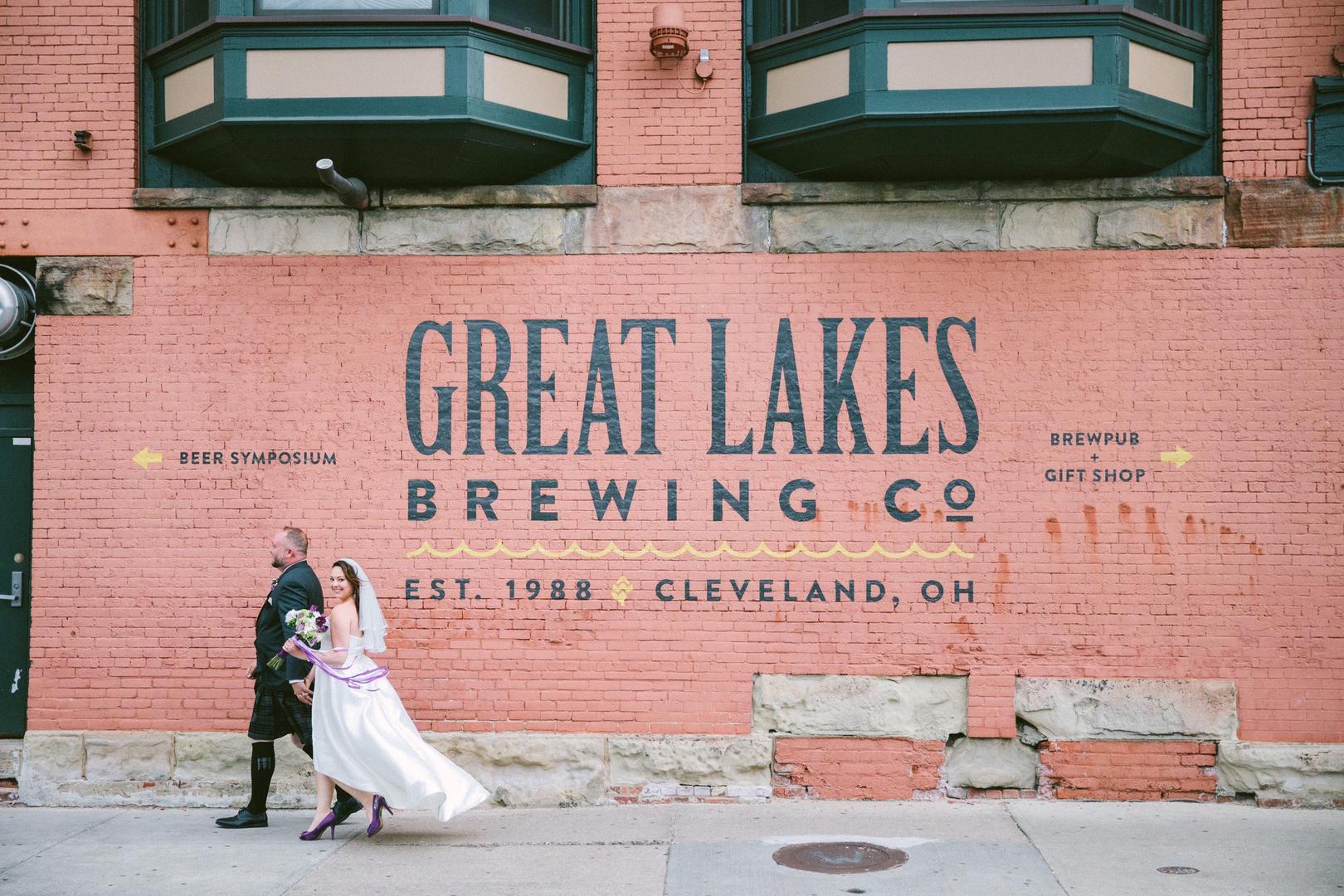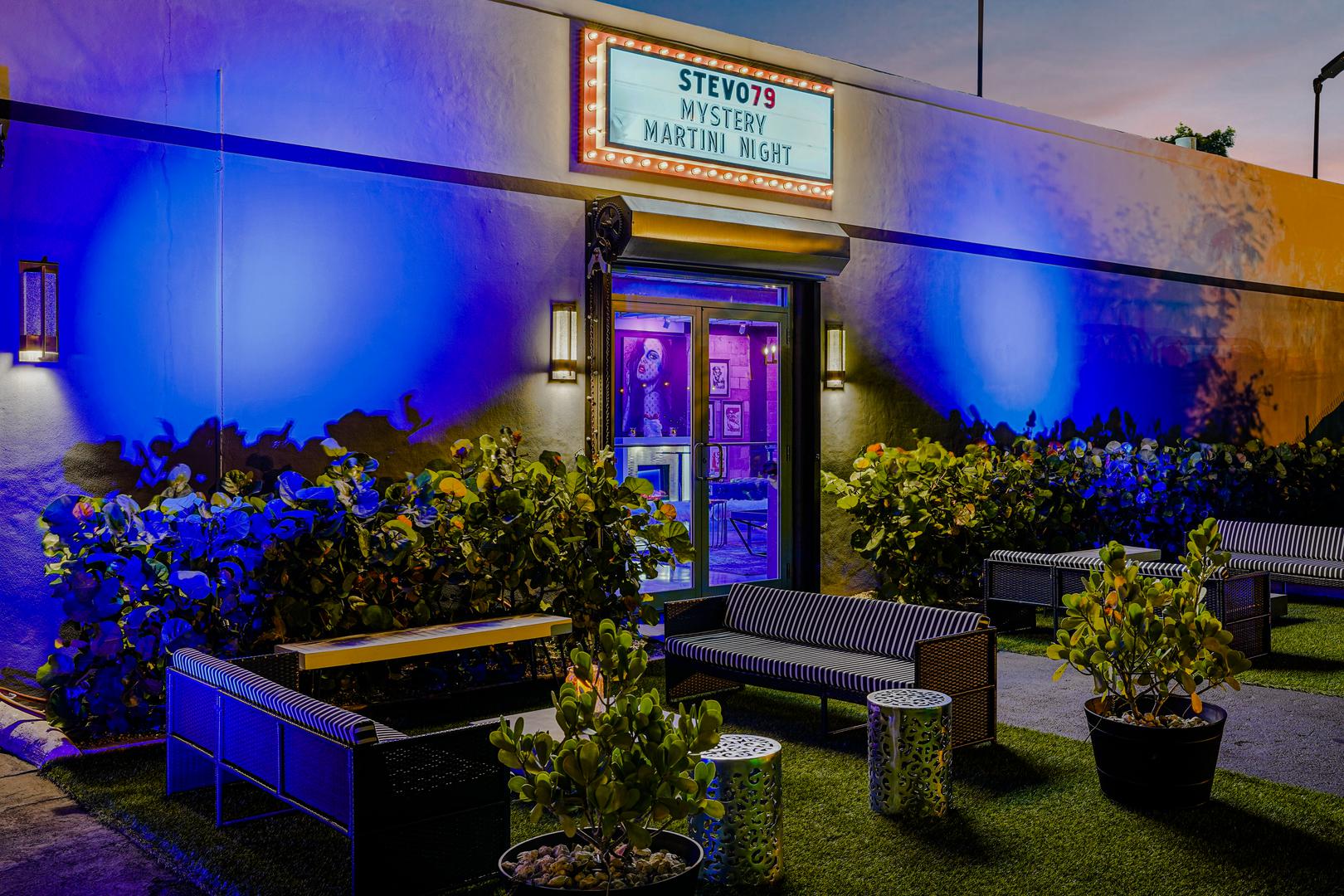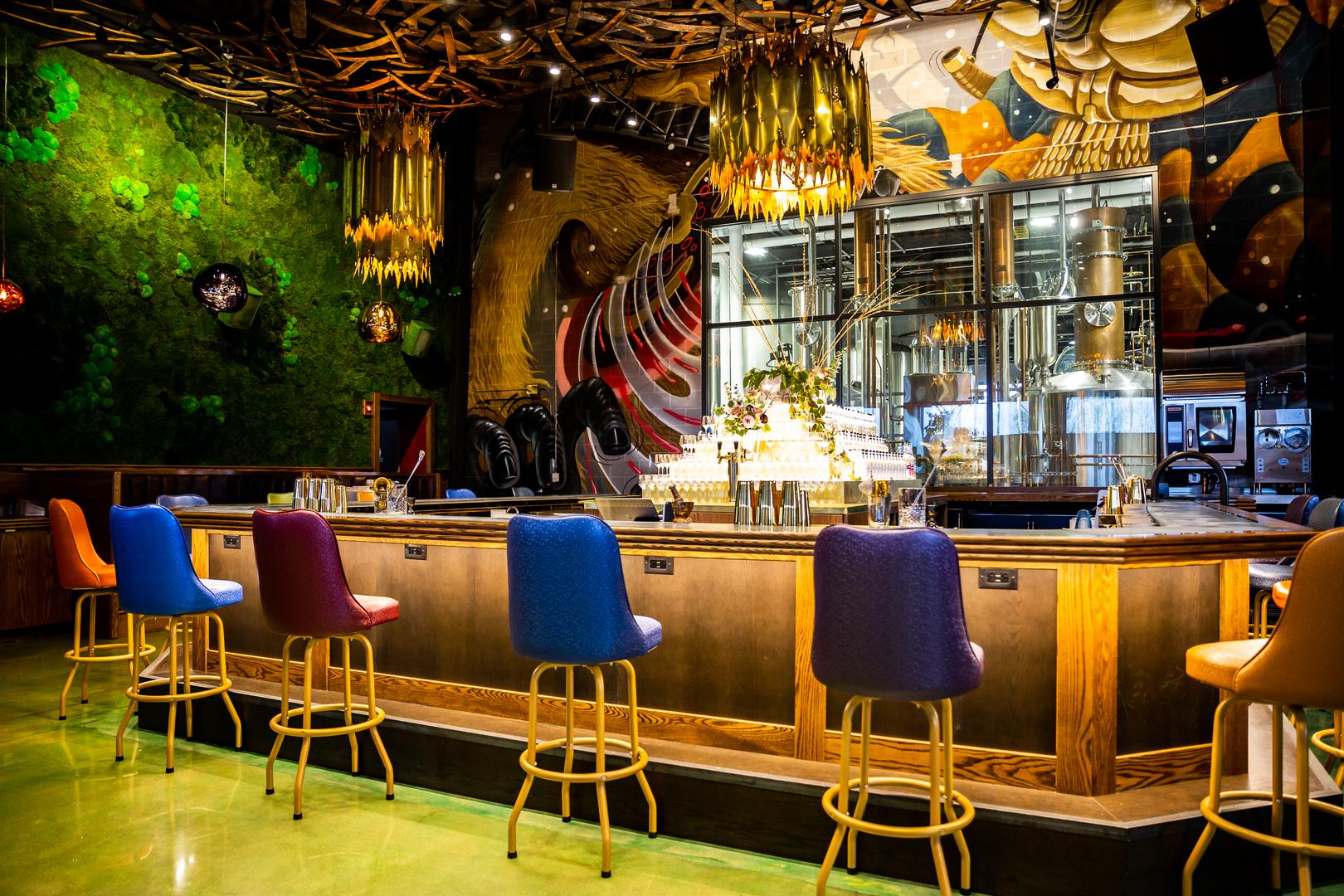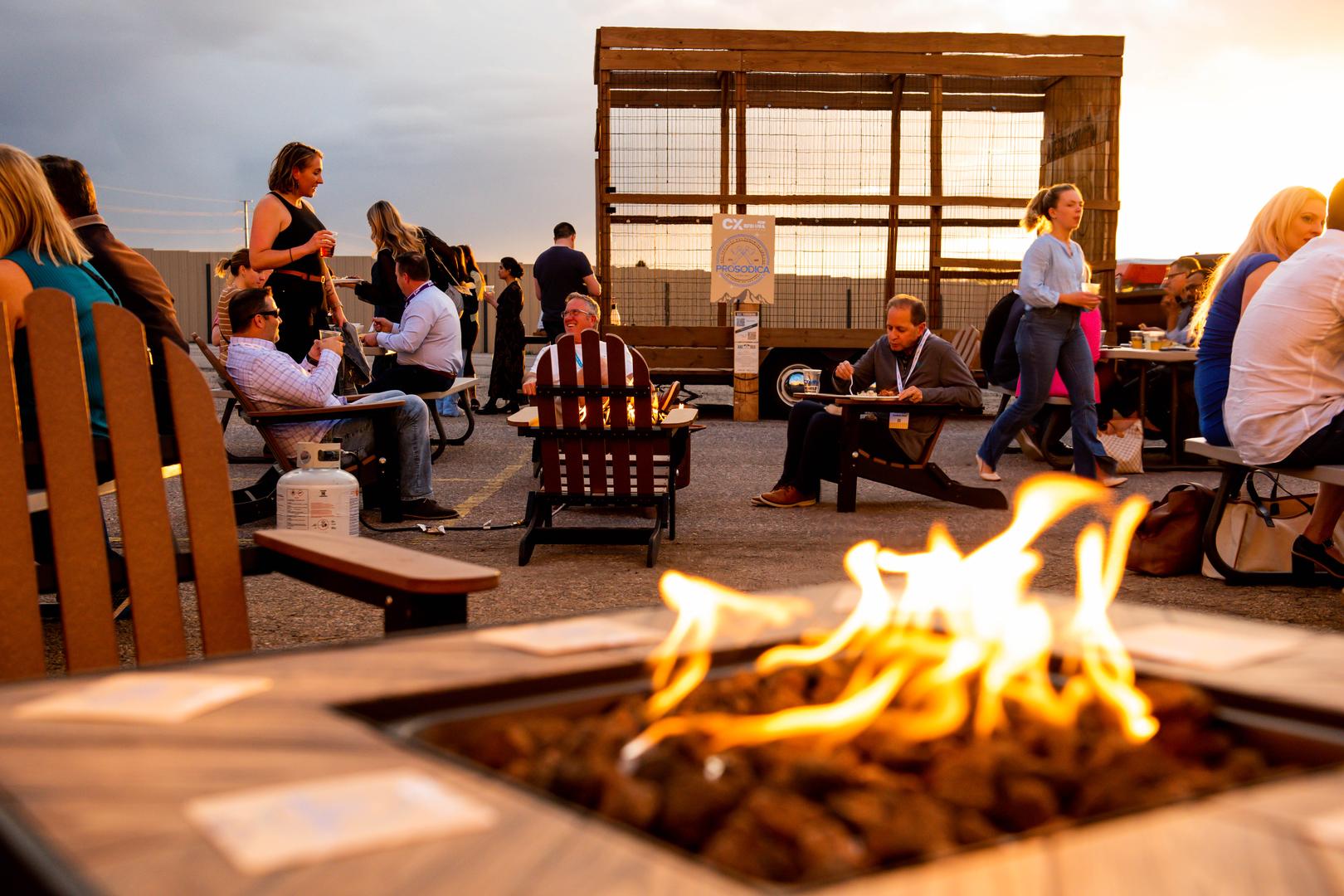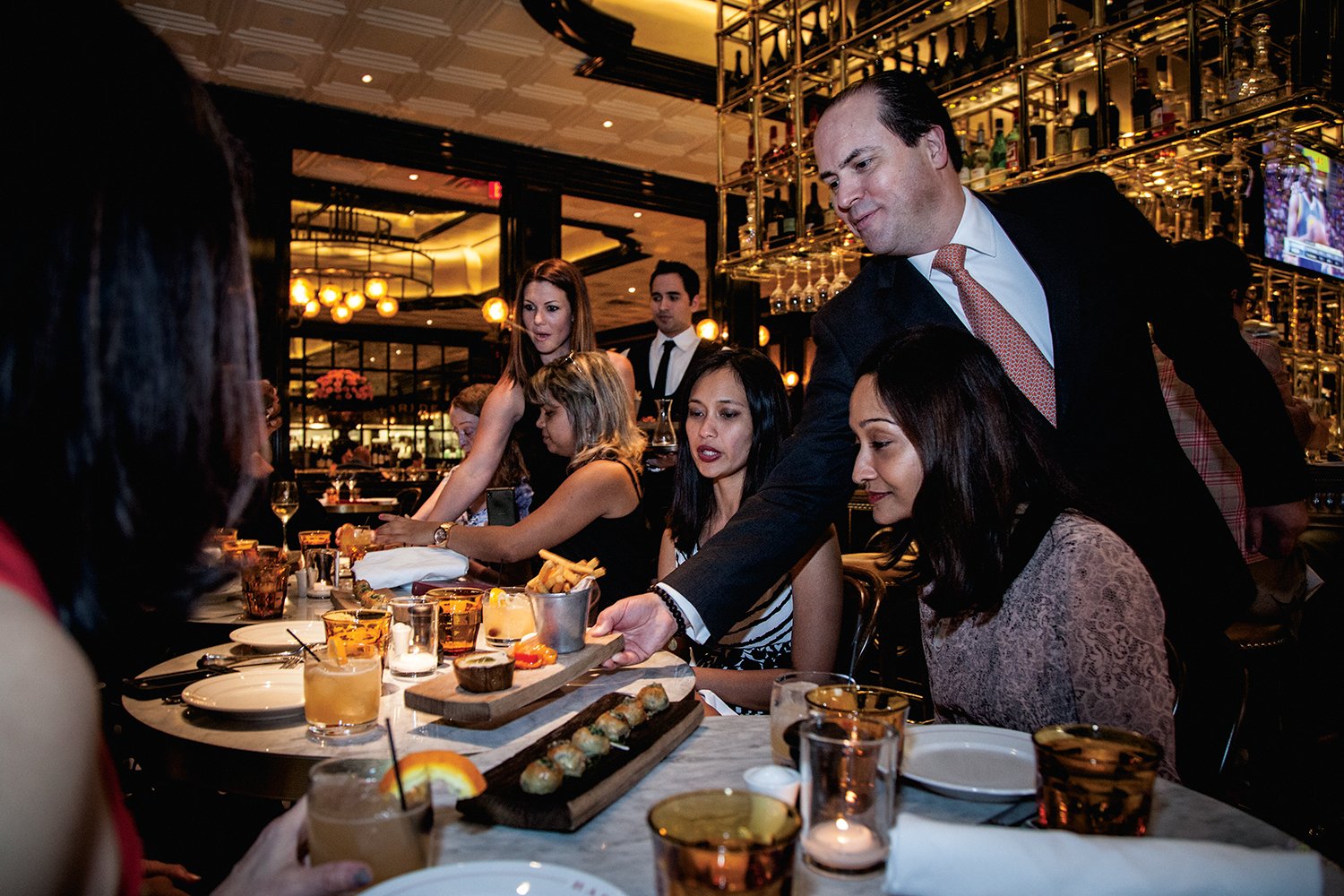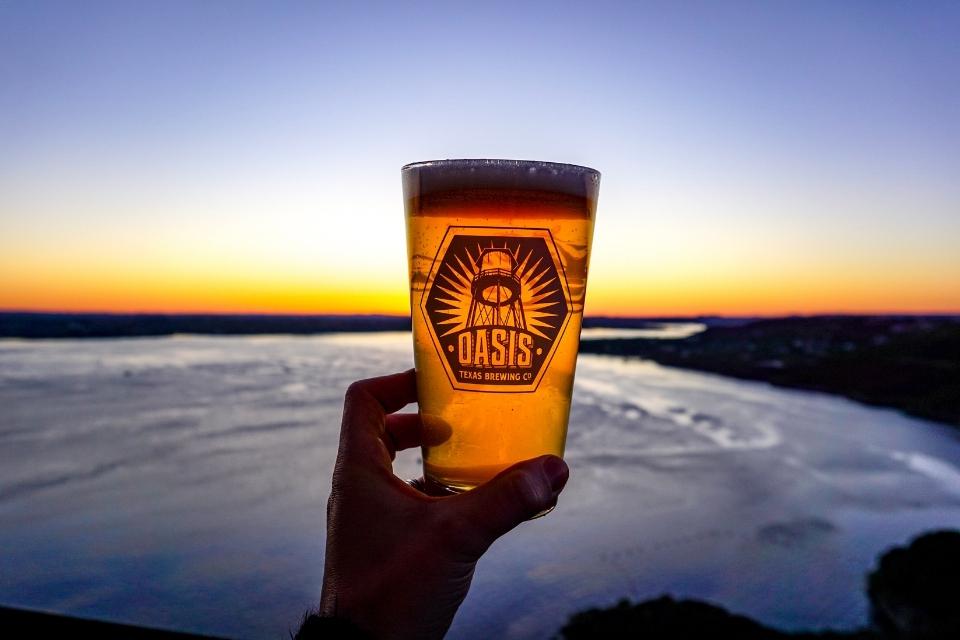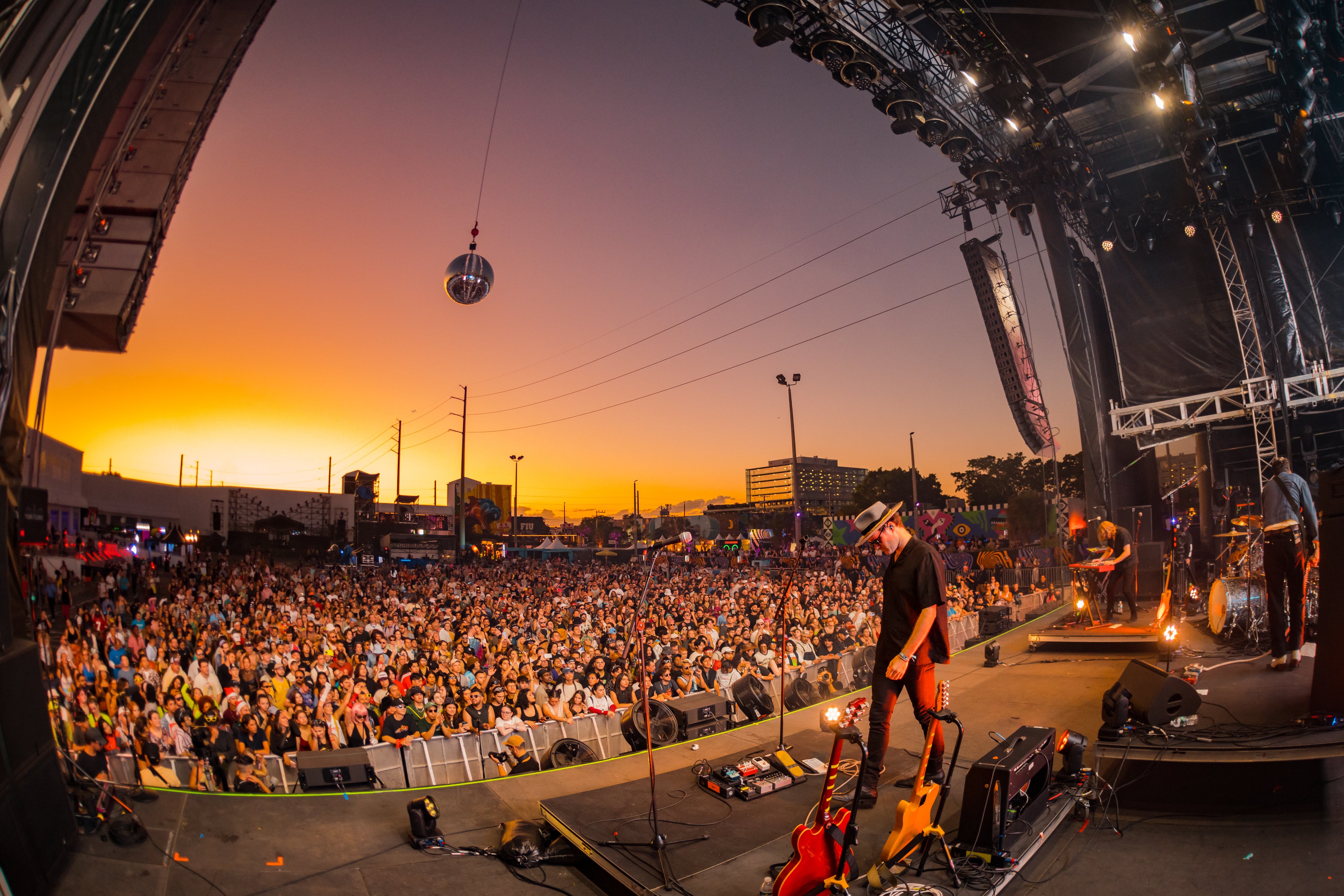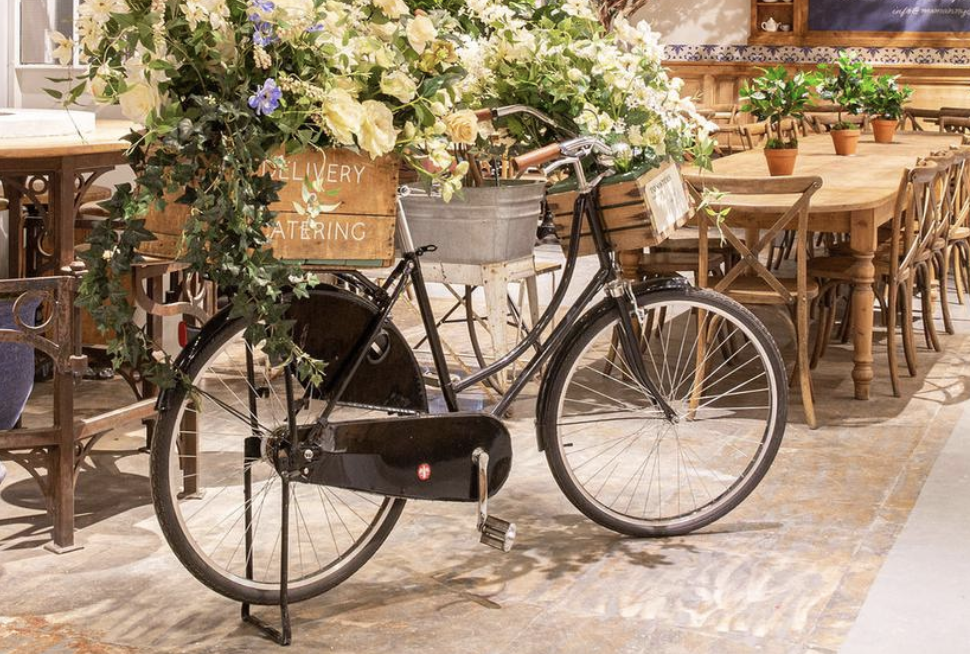Starting or managing the blog for your venue isn’t necessarily an easy thing to do. Running and managing a blog takes time, effort, and consistency to build and grow a valuable site that people will continue to visit to gain information, have fun, and connect with you. However, if you can find a few hours a week to dedicate to running a blog, it’s a great way to promote your venue and your events. You can utilize free marketing tools, build excitement around upcoming events and specials, and increase attendance, all while proving a helpful and fun channel.
From both personal and professional experience, I recommend Worpress.com or Wordpress.org depending on the overall experience of the bloggers, and future goals for the blog, as the blogging platform to use. WordPress is easily the most used blogging platform due to its ease of use if you have minimal technical experience, flexibility, and customization for those who do have more experience and want to build sections of their own site. Documentation and support are some of the best you can find online. There are limitless widgets that you can add to your blog from enhanced analytics, recipe cards, countdown tickers, and really anything you can think of.
For the EventUp blog, we use HubSpot since we were already utilizing this software as our Marketing Automation Tool. No matter which platform you end up choosing to run your blog on, there are some basic blogging skills and techniques that every blogger should understand and incorporate into their daily responsibilities if they are serious about putting in the hard work to build a blog that will drive people back to your venue and events.
Content ideas
Before you start writing your first blog post, you are going to want to sit down for a content brainstorming session. What are you going to blog about? What are the pieces of information you want to share? What would be helpful for past and future customers to know about your venues and events? What upcoming events and specials do you want to promote? What is the overall goal of the blog?
Starting with these big-picture questions, and physically writing down all of your answers and ideas. Write everything down, every crazy idea. At first, you are going to want a big pool of ideas to pull from before you get into a rhythm. At EventUp we use Monday the project management tool to organize all of our marketing projects. It is here where I write down every crazy idea that I have, I save links to articles, Pinterest pins, notes from meetings, and Instagram videos - anywhere that I find inspiration or an idea gets saved for future posts. A notebook, an Excel document, anywhere you can save a list of ideas will do. You will continue to build on this list whenever an idea comes to you.
What are the most frequently asked questions that your venue gets asked? These are great places to start. Your first blog post can be a welcome post, introducing your venue to the world, explaining what your venue is all about, and what readers can expect from your blog going forward.
I constantly have my blogging hat on and can turn any conversation, meeting, or article that I read into a blog post that will either help venues generate more revenue or the event planner manage their next event. Once you allow yourself to start thinking like a blogger, the ideas and inspiration will naturally flow and you will be adding new ideas to your list frequently.
And sometimes, ideas sit on my list for weeks or months till I have had enough time to percolate on the idea and truly be able to put enough words to paper that will genuinely be helpful to others. And that’s okay. As long as we are always adding new ideas to the pool.
Blog schedule
Once you have your content idea list with enough ideas for a few posts. You can start to set out a schedule that works with your bandwidth. The best thing you can do is set a blogging cadence and stick to it. There is no correct and universal schedule that promises page views. What does work to get you real page views, is great content that provides value in a consistent timeframe.
Your readers will come to expect a blog post on the schedule that you have set, so set a realistic schedule that you will be able to meet week after week, month after month. You can always expand and post more frequently down the road.
I recommend starting with one post per week or at the least, every other week. Posting once per month although is better than not posting at all, it leaves the reader with a whole month of waiting and wanting content, and honestly, folks very easily get bored and move on to something else that will entertain them.
Separate from my content idea list, I also keep a blog schedule. This is how I map out the actual posts I’m using for that month and the exact day that they will be posted. For EventUp, I try to post a new post each day of the business week. That is roughly around twenty posts per month that I am organizing. Visually having them laid out on my Monday board helps me to plan them out based on topic and category. For each post that is being written, I keep track of eight things in my schedule:
- Post title
- Notes
- Content-type
- Writer
- Category
- Published date
- Status
- Post URL
These are the most important eight items that I need to know about each post when it comes to building out the schedule for next month or looking back at what we posted in previous months or years. Ideas from the content idea list do not get moved to the schedule till I have a writer and published date assigned.
Staying Organized
Managing 20 posts per month, over 200 per year with multiple writers would not be possible without having a set process and organizational setup.
I use Monday to organize post ideas and my overall schedule. These could both be easily managed in an Excel document, OneNote, a physical notebook, plus there are also plenty of free and paid applications and tools. Some blogging platforms even come with scheduling tools as part of their services. Personally, if I did not have access to a tool like Monday, I would use Excel to organize my content ideas and blog schedule since it’s free and easy to create the design that works best for you.
I created a Content Idea & Blog Schedule Template in Excel to help you get started. Download the template and start planning out your future blog posts.
Along with organizing the schedule, you also have to organize the actual content. This I do in my Google Drive. That way I can control access by folder and docs, I can search old content by title, and I can view all revisions as well as track any comments.
I keep separate folders for Images, New Content, and Published Content. Anyone writing content for the EventUp blog must provide content in a Content Template that I have created, and all images must be uploaded to the image folder named with the same title as the blog post.
Incoming content is edited and prepped for the blog. Once content has been added to HubSpot and scheduled out, content and images are filed away, and the blog schedule on Monday is updated.
Here is a Blog Content Word Template for you to use in order to start prepping some future content or to have help with other writers.
What every blog post should include
- Title. Keep it to 70 characters or less. Make it simple and engaging. Make the reader want to learn more.
- Header Image. The main image that goes along with the post which will be what is shown when you share across your social channels, should be high-quality and relevant to the topic in the post.
- Author name. Readers tend to trust information if they can have a name and photo to associate the content with.
- Meta description - in 155 characters or less, describe what the reader will learn from the post without using the blog title.
- Tags or Categories to easily organize the content and so folks can search for the exact topic they are looking for.
- Alt text. Should be added to all images used within the post. Alt-text is simply used to tell search engines what the photo is showing since it can’t view photos.
- Keywords and phrases. Throughout the post, sprinkle in the words and terms that customers are typing into search engines when they are looking to solve a problem. If I search for ‘delivery near me’ you want to make sure that you have content that includes the keywords; delivery, take-out, and to-go so that search engines show your content to me since it solves my problem.
- Valuable links. Throughout the post, include links to previous posts, or even other websites as long as it contributes to the post and add value for the reader.
- CTA (call to action). In both link and button formats. Every post should have a goal or action that you ultimately want the reader to take. Send people a form to register for an upcoming event. Offer Push them to your online catering form. Promote the purchase of Gift Cards, and point them directly to how they can buy one online. Your CTA should always be relevant to the overall theme of the content.
Blog Post Best Practices
- Stick to one topic per post
- Font size should always be 16px or larger
- Never use Heading 1 in the content
- Don’t publish posts with fewer than 300 words - try to write between 600-1,200 words for each post
- Use odd numbers in listicles, such as 7 mocktails, or 5 pasta dishes
- White space is your friend
- Make the content easy to scan by breaking up the content with headlines, bullets pints, images, and other types of formatting
What to do after you hit publish
Add published posts to your venue’s website if the blog already isn’t already connected.
Share the post and link across all of the venue’s social channels. Each post should be shared a few times, just spread the posts out by a few days or weeks. If you ever update the content down the road, it’s time to share it again on social.
Share links to relevant posts in your email and newsletter marketing. Encourage your email readers to continue to engage with your brand by offering timely and relevant blog posts.
Encourage venue employees and staff to share the blog link on their own social media accounts - this will widen the potential viewing audience and draw new folks to your brand.
Practice patience. Blogging along with Search Engine Optimization (SEO) is a type of long-term marketing strategy. This means that it will take time and effort to see the Return on Investment (ROI) but is necessary for any marketing plan for the overall brand recognition and revenue goals of the venue.
Reporting & Analytics
At the end of every month, quarter, and year, you should be looking at the blog data, analyzing what it means, and making adjustments for future content ideas and posts.
For the EventUp blog, I pull data from HubSpot and Google Analytics and combine them in a Google Sheet to analyze. There are a few metrics that I monitor closely to look for trends and patterns that drive page and conversions.
- Overall Page views - There will naturally be ebbs and flows, but over time the total number of page views should be growing.
- Page views by category and author. What are the topics and authors that are driving the most and least views? Once you the things your audience wants to read, you can adjust future topics and ideas.
- Bounce rate. A bounce means that the reader read the blog, then left the page without taking any other action such as clicking a link or CTA button. A consistently high bounce rate means that the readers are not finding the next step in the posts relevant to their needs.
- Conversions. Which posts and CTAs are driving the most conversions or the most actions such as event registration, online order, private dining reservation, etc. Find what is working, and aim to duplicate that success in future posts.
Free Resources that have been tested and approved by EventUp
Grammarly - will help you edit and improve your writing
Google Analytics - web analytics service from Google that will track and report on your blog traffic
Headline Analyzer - Will score your headline and give you ways to write a stronger title.
Canva - easy-to-use graphic design and editing tool
Unsplash - free stock photography
Pexels - more free stock photography
My final piece of advice. Start the blog today. With each blog post, you write and publish you will get better and more confident. Going in knowing that the first few posts may not be great is okay! You can always update them down the road, but you can’t improve if you don’t start. So go start, like right now.
Sign up for the EventUp blog for more venue marketing tips. Or leave us a comment if you have any questions.
EventUp is the leading global venue directory with more than 15,000 restaurants, hotels, and unique venues. We connect you with millions of social, corporate, and wedding planners at the moment they are actively searching for their ideal venues. Capture more qualified event leads with the power of EventUp.
Schedule a quick call with an EventUp growth manager to see how your venue can benefit from an EventUp listing that covers all markets, any event type dedicated to driving both quality and qunatity of event leads directly to you, always commision-free.
